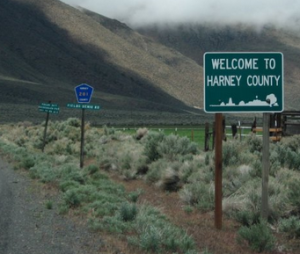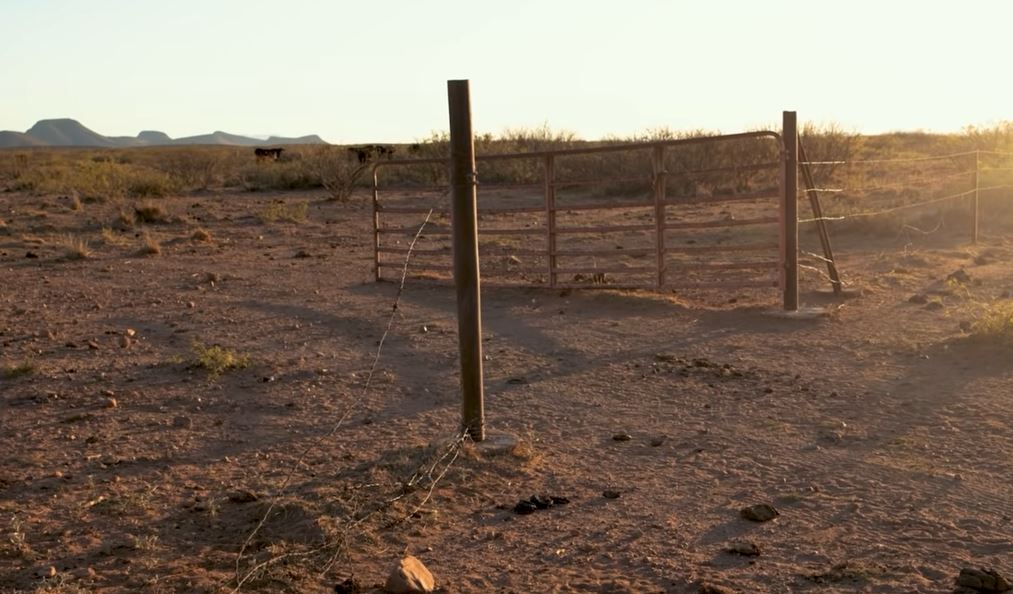This is Part 1, in a multi-part article by Morris & Linda Tannahill about the societal issues and problems that are solved by private property ownership.
Private Property — the Great Problem Solver — Part 1
 Most social problems which perplex national leaders could be solved fairly simply by an increase in the amount and type of private property owned. This would entail the equally important, general recognition that ownership is and must be total, rather than merely a governmental permission to possess and/or manage property so long as certain legal rules are complied with and “rent” in the form of property taxes is paid. When a man is required to “rent” his own property from the government by paying property taxes on it, he is being forbidden to fully exercise his right of ownership. Although he owns the property, he is forced into the position of a lessee, with the government the landlord.
Most social problems which perplex national leaders could be solved fairly simply by an increase in the amount and type of private property owned. This would entail the equally important, general recognition that ownership is and must be total, rather than merely a governmental permission to possess and/or manage property so long as certain legal rules are complied with and “rent” in the form of property taxes is paid. When a man is required to “rent” his own property from the government by paying property taxes on it, he is being forbidden to fully exercise his right of ownership. Although he owns the property, he is forced into the position of a lessee, with the government the landlord.
The proof of this is that if he fails to pay the taxes the government will take his property away from him (even though it is his property and not the government’s), just as a landlord would kick out a tenant who failed to pay the rent. Similarly, if a man must comply with laws dictating the use or upkeep of his property (or any other rule except that of not using the property to initiate force or fraud against others), he is being forbidden to fully exercise his right of ownership. Because a man must use his time—which is part of his life—to acquire, utilize, and care for property, he has a right to own and control that property fully, just as he has a right to fully own and control his life (so long as he doesn’t use it to coerce any other man). Any form of property tax or regulation denies the individual’s right to fully control his own property and, therefore, his own life. For this reason, taxation and regulation of property is always wrong—taxation is theft and regulation by initiated force is slavery.
In a governmentally controlled society, the unrestricted enjoyment of property ownership is not permitted, since government has the power to tax, regulate, and sometimes even confiscate (as in eminent domain) just about anything it pleases. In addition, much potential property is not permitted to be owned. In a laissez-faire society, everything which was valued and rationally claimed would be owned, and this ownership would be total. [1]
 Property is anything which is owned. Ownership is the right to possess, use, and/or dispose of anything to which one has a moral claim. Property may be acquired by producing it, by exchange with others, as a gift, or by claiming an unowned value. The claiming of unowned values is the way in which all property originally came to be owned.
Property is anything which is owned. Ownership is the right to possess, use, and/or dispose of anything to which one has a moral claim. Property may be acquired by producing it, by exchange with others, as a gift, or by claiming an unowned value. The claiming of unowned values is the way in which all property originally came to be owned.
An unowned value cannot become one’s property simply because one makes a verbal (or written) statement claiming it. If it could, you could say right now, “I claim the ocean bottoms of the entire earth and all the surface of the moon,” and, provided you were the first to make the claim, they would be yours. Obviously, this would lead to a welter of contradictory and unenforceable claims.
A man has actually claimed to own the moon, and has sold plots of it to various people, making himself rich. As far as I’m concerned, this man, who in no way has mixed his labour with the soil of the moon, is committing fraud against these people; he owes them their money back.
In addition to making a verbal claim, something must be done to establish that claim as having a basis in reality. In the case of portable items, there is no problem. Anything which can be transported by either hand or machine can simply be moved by the new owner and placed within the confines of some other piece of his property—his suitcase, car, house, or land. The newly claimed item may also be marked in some way to furnish more evidence of ownership (the owner’s name, initials, or some sort of serial number or symbol is frequently used).
Non-movable items, such as a fully grown tree, a dam, or a piece of land, present a different kind of situation. All non-movable items may be considered as land, since even if the item itself is not land it cannot be separated from the land on which it stands. Since a non-movable item can’t be carried away, it must be marked as the new owner’s property where it stands. Because a non-movable item always occupies some land space, the land, too, must be marked.
All land is contiguous to other land (including islands, as can be seen if one considers the fact that submerged land is ownable). This means that the most important things to mark are the boundaries. This may be done by fencing, by a series of signposts at intervals, or in any other way which leaves a clearly visible evidence of possession on the land itself. Obviously, the better job of marking one does, the less likely one is to have trouble from someone with a conflicting claim.
Conflicting claims would be settled by bringing them before private arbitration agencies for binding arbitration. Since neither disputant would be able to sell the land, have much chance of renting it or even any security of possession so long as his claim was in dispute, both parties would be impelled to bring the matter to arbitration. The free-market arbitration agency, if it wanted to stay in business, would have to make as fair a decision as it possibly could. Both disputants would then be impelled to abide by the arbiter’s decision, since a man who contracted to abide by the results of arbitration and then broke his contract would be announcing himself as unreliable, and no one would want to risk having any business dealings with him. [2]
The fact that conflicting claims could arise and that they would have to be settled before impartial arbiters provides the answer to the question, “How well does a piece of property have to be marked to establish a man’s claim to it?” Obviously, if the new owner wants his property to be secure, it has to be bounded (in the case of land) and marked clearly enough to establish his claim in the face of all possible conflicting claims.


